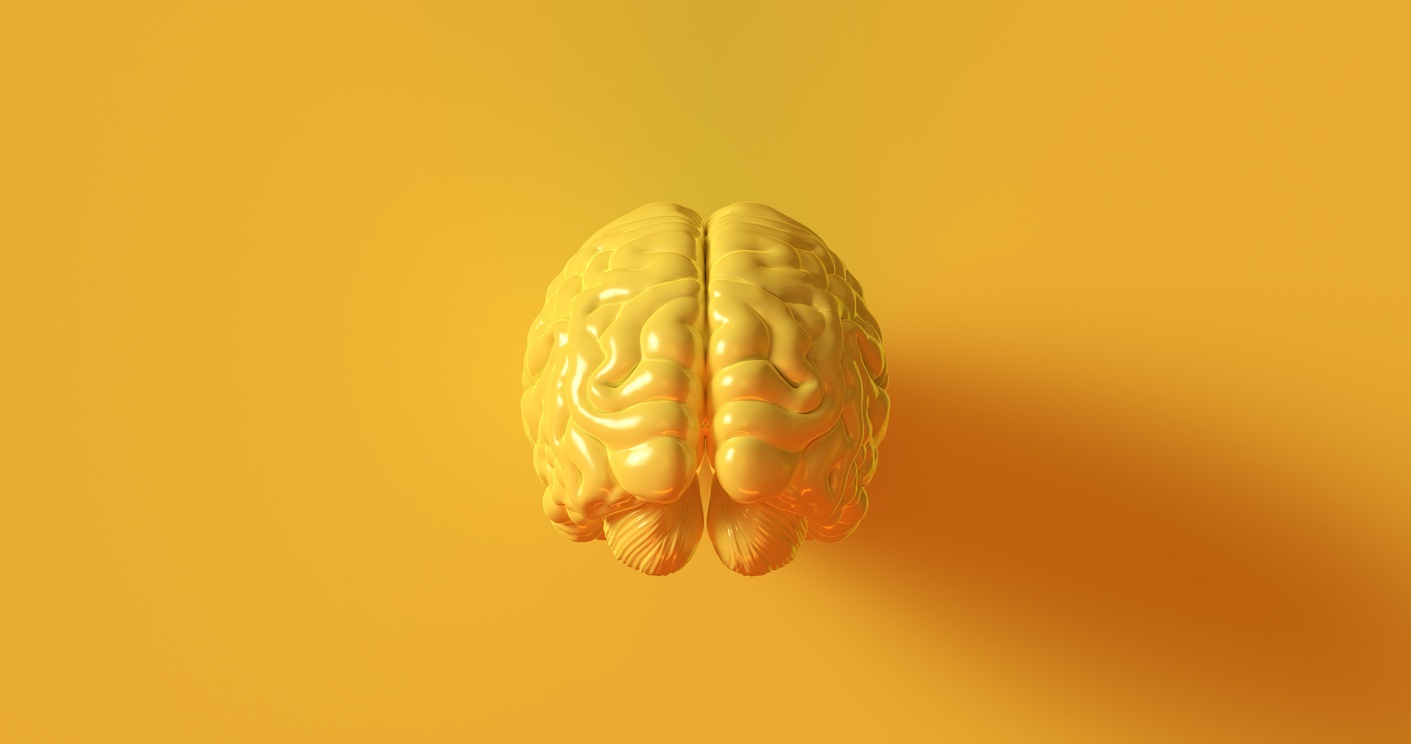
The brain continues to fascinate scientists and non-scientists alike because it takes up so much real estate in our body and controls virtually everything we do from talking to breathing, thinking and moving. It is probably not surprising that reports about the nervous system (made up of our brain, spinal cord, and nerves spanning our whole body) date back to around 1700 B.C. with the ancient Egyptian document—the Edwin Smith surgical papyrus. The study of nervous system, or neuroscience, began when philosophers and medical practitioners began asking about the origin of emotions, intelligence, sensory perception, and diseases of the mind. Throughout its early history, neuroscience developed from being mostly theoretical to systematically testing ideas that have laid the foundation for understanding how the brain works.
The philosopher Alcmeaon of Croton shaped our current understanding of the
brain as early as 500 B.C. He suggested that contrary to what other philosophers
believed, the brain, not the heart, was responsible for sensory perception and
intelligence. Unlike few others at the time, Alcmeaon relied on empirical evidence, that
is what he could see for himself through observation of patients and anatomical
dissection, to drive his theories. This marked a transition from “divinely” inspired theory
to that based on evidence. As a result, the next few centuries were characterized by
findings based human cadaver and animal dissections where major structures of the
brain were identified, particularly in regard to the visual and motor system.
In the 19 th century, a significant wave of discoveries paved the way for what is
referred to as “Modern Neuroscience, ” where scientists began to unravel the building
blocks of the brain—the neuron, and the extensive networks they form to process
information and drive behavior. Santiago Ramon y Cajal is often hailed as the father of
modern neuroscience because of the plethora of new ideas he introduced based on
detailed anatomical drawings of neurons. The rise of microscopy and improvements on
the methods scientists used to label neurons, paired with Ramon y Cajal’s artistic
prowess, led to a slew of groundbreaking ideas. Among his greatest contributions was
the idea that neurons were polarized individual units, not continuous in a network, but
spaced by tiny gaps (now known as synapses). Ramon y Cajal’s beautiful drawings
include sketches of different cell types in the nervous system across many different
types of animals (humans, birds, flies) and in different states (diseased v. non-
diseased). These drawings illustrated the similarity of nervous systems across
organisms and the rich diversity of cell types in the brain.
The detailed description of the nervous system coincided with an increasing
effort to study the function of the brain. In 1842, Marie-Jean-Pierre Flourens introduced
a systematic approach for lesioning parts of an animal brain in order to link it to a
specific function, a conceptual approach that is still widely used in Neuroscience.
Additionally, seminal case studies such as that of Phineas Gage, provided important
insight into the function of different parts of the brain. Upon having an iron rod pierce the frontal lobe of his brain, Gage became irresponsible and impulsive, which led scientists to propose that judgement and self-control were controlled by the frontal lobe of the brain. The work of Paul Broca and Carl Wernicke also supported the idea that parts of the brain have specific functions by finding that patients with speech impairments had
deficits in a regions of the brain now aptly called Broca and Wernicke’s area. Another
informative case study described “patient HM” who lost his short-term memory, as a
result of removing a part of the temporal lobe of his brain, the hippocampus, now known
to be vital for memory formation.
Once scientists began to understand the organization and function of the brain,
they began to ask how nerve cells were communicating with each other. Hodgkin and
Huxley provided convincing evidence for the electrical properties of neurons that
allowed them to signal to each other rapidly. This stimulated the growth of a new field
called electrophysiology, which is still studied today.
Over the last hundreds years, neuroscientists have made important discoveries
about how the brain controls just about everything we say and do. These discoveries
have set the framework for the current era of neuroscience (link to How does the brain
work anyway?: The field of Neuroscience today), which explores the molecules that
drive development and function of the brain, and also takes a more focused approach to
determine how groups of neurons within specific brain regions work together to
generate behavior and how they go awry in disease.

Comments